Home>Garden Essentials>What Is The Best Rock For Landscaping
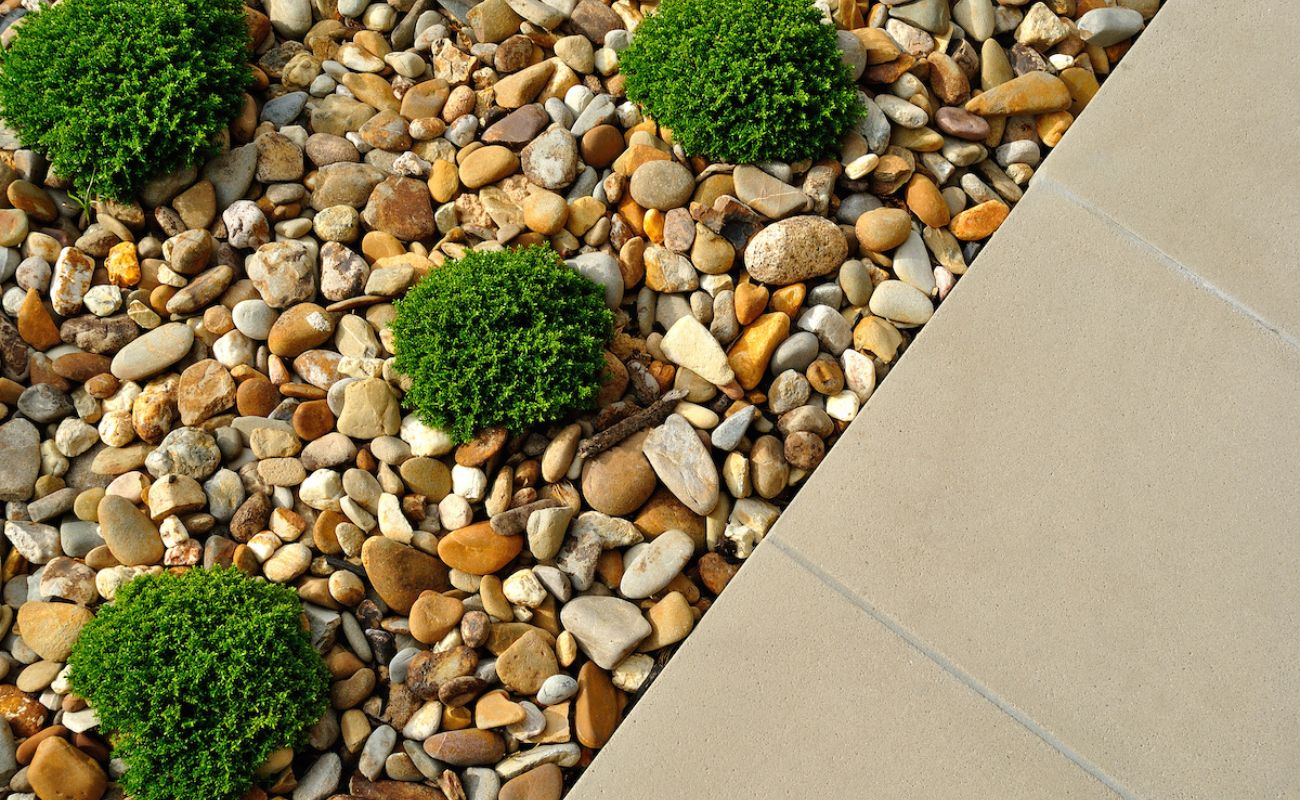

Garden Essentials
What Is The Best Rock For Landscaping
Modified: March 24, 2024
Looking to enhance your garden? Discover the best rock for landscaping and create a stunning outdoor space with our expert recommended garden rocks.
(Many of the links in this article redirect to a specific reviewed product. Your purchase of these products through affiliate links helps to generate commission for Storables.com, at no extra cost. Learn more)
Introduction – Importance of Choosing the Right Rock for Landscaping
When it comes to landscaping, selecting the right materials is crucial for creating a visually appealing and functional outdoor space. One of the key elements that can significantly impact the overall aesthetic and durability of your landscape design is the choice of rocks. Rocks can add texture, color, and structure to your garden, making it more visually interesting and inviting.
However, not all rocks are created equal, and choosing the right type of rock for your landscaping project requires careful consideration. The right rock can enhance the beauty of your garden while also serving practical purposes such as erosion control and weed suppression.
Here, we will explore the different types of rocks commonly used in landscaping and discuss their characteristics, pros, and cons. We will also delve into the factors that you should consider before deciding on the best rock for your specific needs. By arming yourself with knowledge about rocks and their uses, you can make informed decisions that will result in a stunning and durable landscape.
So, let’s dive into the world of landscaping rocks and discover which options are best suited for your outdoor space!
Key Takeaways:
- Choose the right rock for your landscaping project by considering factors like durability, aesthetic appeal, maintenance, cost, and availability. Each rock type has unique qualities to enhance your outdoor space.
- Rocks can be used in various landscaping features such as walkways, retaining walls, garden borders, water features, and decorative accents. Proper installation, maintenance, and plant integration are key to a stunning rock landscape.
Read more: What Size Rock Is Best For Landscaping?
Types of Rocks for Landscaping
When it comes to landscaping, there is a wide variety of rocks to choose from, each with its own unique characteristics and advantages. Understanding the different types of rocks will help you make an informed decision about which ones will best suit your landscaping needs. Here are some popular choices:
1. Granite
Granite is a durable and versatile rock that is widely used in landscaping. Its natural beauty and wide range of colors, from light pinks to dark grays, make it a popular choice for pathways, patios, and retaining walls. Granite is also resistant to weathering and erosion, making it ideal for outdoor use.
2. Limestone
Limestone is a sedimentary rock that is known for its versatility and affordability. It comes in various colors, including beige, tan, and gray, and can be used for a variety of landscaping purposes, such as pathways, garden borders, and decorative accents. However, it is important to note that limestone is more prone to scratching and staining compared to other rocks.
3. Sandstone
Sandstone is a popular choice for landscaping due to its natural beauty and ability to blend well with various garden designs. It comes in a range of colors, including red, brown, and yellow, and is often used for pathways, patios, and garden walls. Sandstone is relatively soft compared to other rocks, so it does require regular maintenance and sealing to prevent weathering and erosion.
Read more: What Color Rocks For Landscaping
4. Basalt
Basalt is a volcanic rock that is known for its strength and durability. It is commonly used for retaining walls, garden borders, and water features. Basalt typically has a dark gray to black color, giving a modern and sleek appearance to your landscape. Its high density and resistance to wear make it highly suitable for high-traffic areas.
5. River Rock
River rock, also known as pebbles or cobblestones, is a smooth and rounded rock that is often found in riverbeds and streams. It comes in a variety of sizes and colors, ranging from small pebbles to larger stones. River rock is commonly used for dry riverbeds, water features, and as decorative accents in garden beds. Its natural look and smooth texture add a calming and organic touch to any landscaping project.
6. Pea Gravel
Pea gravel is a small, rounded rock that is typically found near bodies of water. It is known for its smooth and polished appearance, which can add a touch of elegance to your landscape. Pea gravel is commonly used for pathways, patios, and as a ground cover in garden beds. Its small size makes it easy to walk on and allows for good water drainage.
These are just a few examples of the many rocks available for landscaping purposes. Each type of rock has its own unique characteristics, so it’s important to choose the one that best suits your specific needs and preferences. Consider the overall aesthetic you want to achieve, as well as the functionality, durability, and maintenance requirements of the rocks you are considering.
Factors to Consider
When choosing the right rock for your landscaping project, there are several important factors to consider. These factors will help you determine which type of rock is best suited for your specific needs and preferences. Here are the key factors to keep in mind:
1. Durability
One of the most important factors to consider is the durability of the rock. You want a rock that can withstand the elements and hold up well over time. Some rocks, like granite and basalt, are known for their exceptional durability and resistance to weathering and erosion. On the other hand, softer rocks like sandstone and limestone may require more maintenance and repair over time.
2. Aesthetic Appeal
The visual impact of the rock is another crucial consideration. The color, texture, and shape of the rock can greatly influence the overall aesthetic of your landscape design. Think about the style and theme you want to achieve, whether it’s a natural and rustic look or a sleek and modern design. Each type of rock has its own unique characteristics that can enhance the beauty and charm of your outdoor space.
3. Maintenance Requirements
Consider the level of maintenance required for the rock you choose. Some rocks require little to no maintenance, while others may need periodic sealing, cleaning, or repairs. Take into account factors such as how easily the rock stains, how it holds up to foot traffic, and whether it needs regular weed control. Choosing a rock that fits your desired level of maintenance commitment will ensure that your landscape remains beautiful and well-maintained.
4. Cost
The cost of the rocks should also be taken into consideration. Some rocks, such as granite and basalt, tend to be more expensive due to their durability and aesthetic appeal. On the other hand, rocks like limestone and river rock may be more budget-friendly options. Assess your budget and determine the best balance between quality and affordability to ensure the success of your landscaping project.
Read more: How To Store Landscaping Rocks
5. Availability
Lastly, consider the availability of the rock in your local area. Some types of rocks may be more readily available, while others may need to be imported or sourced from a specific location. Keep in mind that transportation and availability can impact the cost and feasibility of using certain rocks in your landscape design. It’s important to choose rocks that are easily accessible to ensure a smooth and efficient landscaping process.
By carefully considering these factors – durability, aesthetic appeal, maintenance requirements, cost, and availability – you can select the right rock that will enhance the beauty and functionality of your landscaping. Remember to assess your specific needs and preferences to make an informed decision that will result in a stunning and long-lasting landscape.
Using Rocks for Different Landscaping Features
Rocks can be utilized in various ways to enhance the functionality and visual appeal of your landscape design. Here are some popular uses for rocks in different landscaping features:
1. Walkways and Pathways
One of the most common uses for rocks in landscaping is creating walkways and pathways. Rocks can be arranged in different patterns and sizes to form a durable and aesthetically pleasing pathway through your garden. Using larger rocks as stepping stones or pavers adds a touch of natural beauty and creates an inviting path for guests to follow. Smaller rocks, such as pea gravel or crushed granite, can be used as a surface material for paths, providing a stable and slip-resistant surface.
2. Retaining Walls
Rocks are commonly used to build retaining walls, which serve the dual purpose of preventing erosion and adding structure to your landscape. The natural strength and durability of rocks, such as granite or basalt, make them ideal for creating sturdy retaining walls that can withstand the pressure of soil and water. Additionally, the varied colors and textures of rocks can lend a visually interesting and organic element to your garden.
Read more: What Kind Of Rocks For Landscape Design
3. Garden Borders
Rocks can be used to create attractive borders and edges for your garden beds. Placing rocks along the perimeter of your flower beds or vegetable gardens adds definition and helps to contain soil and mulch. Choose rocks that complement the overall style of your garden, whether it’s a rustic rock border or a more refined and structured look with neatly stacked rocks. Garden borders made of rocks can also help deter weeds and add a natural touch to your landscape design.
4. Water Features
Rocks play a vital role in creating captivating water features in your garden. Whether it’s a cascading waterfall, a meandering stream, or a serene pond, rocks can provide the structure and visual interest needed to make these water features stand out. Rocks can be strategically placed to control the flow of water, create natural-looking cascades, and provide a habitat for aquatic plants and wildlife. Smooth river rocks or larger boulders can be used to line the edges of the water feature, adding a beautiful and natural touch.
5. Decorative Accents
Rocks can serve as decorative accents throughout your landscape, adding interest and texture to various areas. They can be strategically placed in garden beds to provide focal points or placed in groups to create a more natural and organic look. Rocks of different shapes, colors, and sizes can be used to create a visually striking rock garden. Additionally, rocks can be arranged in artistic formations, such as rock sculptures or Zen gardens, to create a sense of tranquility and harmony.
By incorporating rocks in these different landscaping features, you can add depth, texture, and character to your outdoor space. Consider the style and function you want to achieve, and choose rocks that complement your overall design vision. With a creative approach, rocks can be transformed into beautiful and functional elements within your landscape.
Tips for Rock Landscaping
Rock landscaping can add beauty and texture to your outdoor space, but it’s important to follow these tips to ensure a successful and well-maintained landscape. Here are some useful tips for rock landscaping:
1. Proper Installation and Placement
When installing rocks in your landscape, it’s important to plan and prepare the area properly. Clear the space of any vegetation, level the ground, and create a solid base to prevent shifting and settling. Consider the scale and proportion of the rocks in relation to the surrounding elements and the overall landscape design. Place larger rocks strategically to provide structure and focal points, and use smaller rocks to fill gaps and create a cohesive look.
2. Adding Plants and Greenery
To soften the look of rock landscaping and create a more natural and inviting atmosphere, complement the rocks with plants and greenery. Choose plants that thrive in your climate and will add color and texture to the landscape. Place them strategically around the rocks, considering their height, shape, and maintenance requirements. Incorporating a mix of shrubs, perennials, and groundcovers will bring life and balance to your rock garden.
3. Regular Maintenance
Like any other landscaping feature, rock landscapes require regular maintenance to keep them looking their best. Regularly inspect the rocks for any signs of damage or erosion. Remove any weeds or debris that may accumulate between the rocks. Sweep or hose down the rock surfaces to keep them clean and free from dirt and dust. Additionally, consider applying a sealant to certain rocks to protect them from weathering and staining. By staying on top of maintenance tasks, you can preserve the beauty and longevity of your rock landscape.
4. Avoiding Common Pitfalls
When working with rock landscaping, it’s essential to be aware of common pitfalls and avoid them. One common mistake is using rocks of inconsistent sizes or colors, which can result in a cluttered and unbalanced look. Ensure that the rocks you choose are harmonious with the overall theme and style of your landscape. Another pitfall to avoid is improper drainage. Rocks can obstruct proper water flow, so it’s important to consider drainage solutions, especially if you are incorporating them into a water feature or near the foundation of your house. Lastly, be mindful of the weight and size of the rocks you choose, especially if you plan to place them on upper levels or load-bearing surfaces, to prevent any safety hazards or structural issues.
By following these tips, you can create a stunning and low-maintenance rock landscape that adds beauty and functionality to your outdoor space. Experiment with different rock types, plant combinations, and placement to achieve the desired look and feel. With proper installation, regular maintenance, and attention to detail, your rock landscaping will be a source of pride and enjoyment for years to come.
Read more: What To Put Under Landscaping Rocks
Conclusion
In conclusion, choosing the right rock for your landscaping project is essential for creating a visually appealing and functional outdoor space. By considering factors such as durability, aesthetic appeal, maintenance requirements, cost, and availability, you can make an informed decision that will result in a successful landscape design.
We explored various types of rocks commonly used in landscaping, including granite, limestone, sandstone, basalt, river rock, and pea gravel. Each type of rock has its own unique characteristics and advantages, ranging from durability to color options. By understanding the qualities of each rock, you can select the one that best aligns with your specific needs and preferences.
We also discussed how rocks can be used in different landscaping features, such as walkways and pathways, retaining walls, garden borders, water features, and decorative accents. Rocks can add structure, texture, and visual interest to these features, enhancing the overall beauty and functionality of your landscape design.
Additionally, we provided tips for successful rock landscaping, including proper installation and placement, incorporating plants and greenery, regular maintenance, and avoiding common pitfalls. By following these tips, you can create a well-maintained and visually stunning rock landscape that will stand the test of time.
Ultimately, there is no one-size-fits-all answer to the best rock for landscaping. The choice depends on your personal preferences, budget, and the specific requirements of your landscape. Whether you opt for the strength and durability of granite, the versatility and affordability of limestone, or the natural beauty of river rock, each option offers its own unique advantages.
Remember to assess your specific needs, conduct thorough research, and consult with landscaping professionals if needed. By carefully considering all the factors involved, you can choose the best rock for your landscaping project and achieve a beautiful outdoor space that brings joy and tranquility to your life.
Frequently Asked Questions about What Is The Best Rock For Landscaping
Was this page helpful?
At Storables.com, we guarantee accurate and reliable information. Our content, validated by Expert Board Contributors, is crafted following stringent Editorial Policies. We're committed to providing you with well-researched, expert-backed insights for all your informational needs.
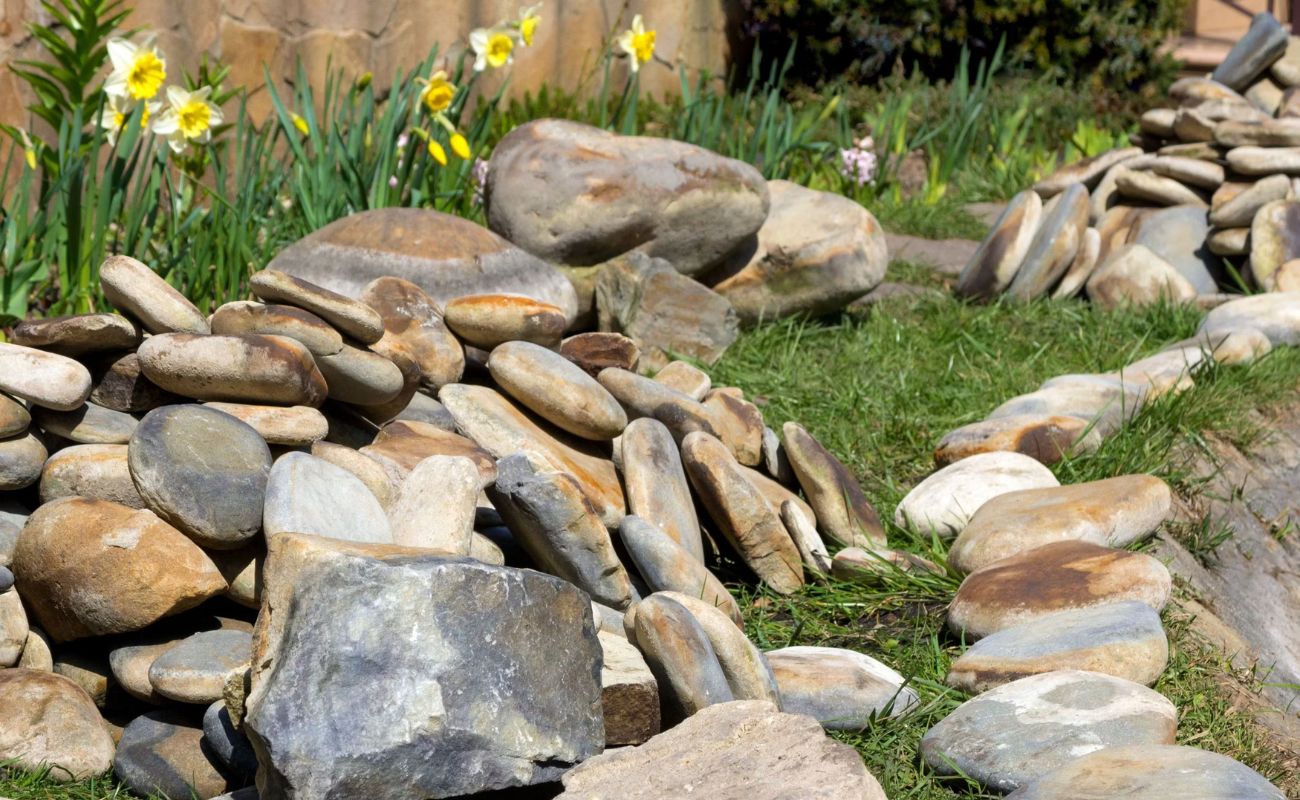
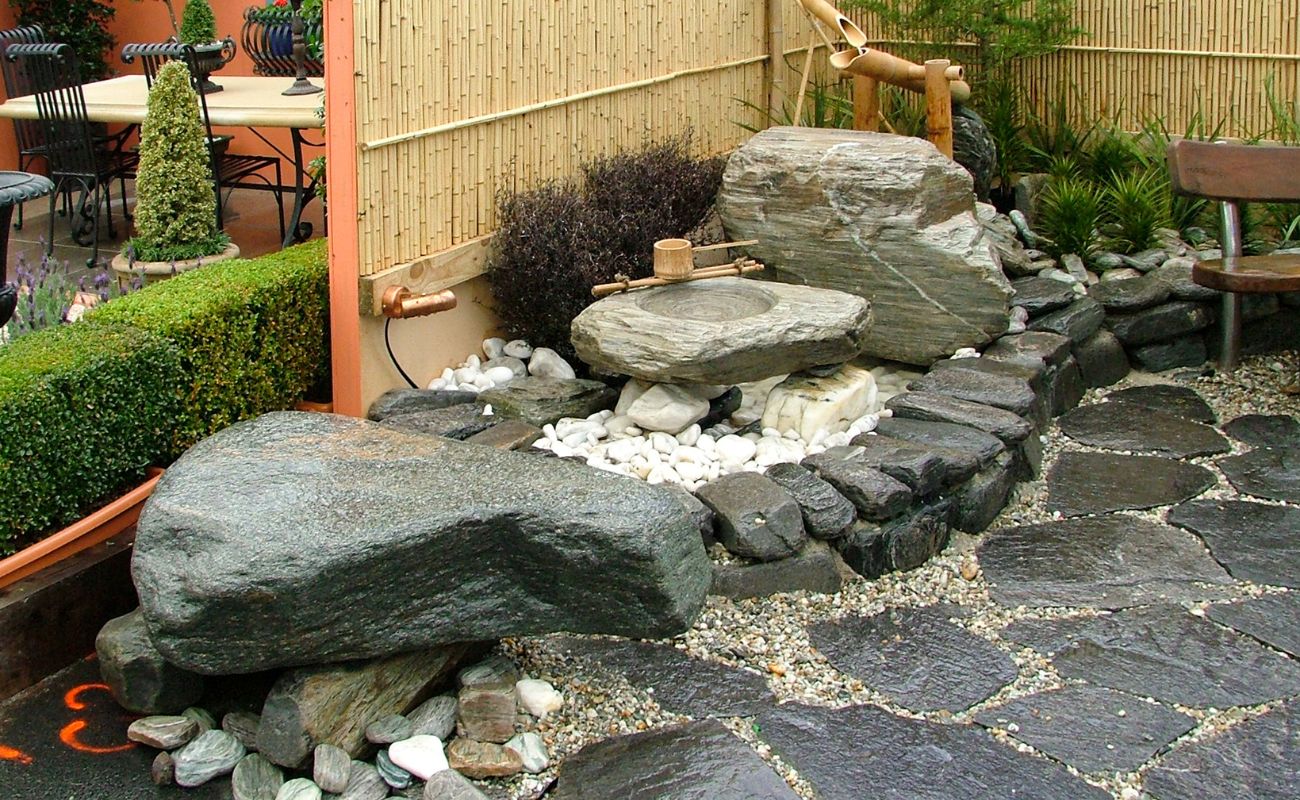
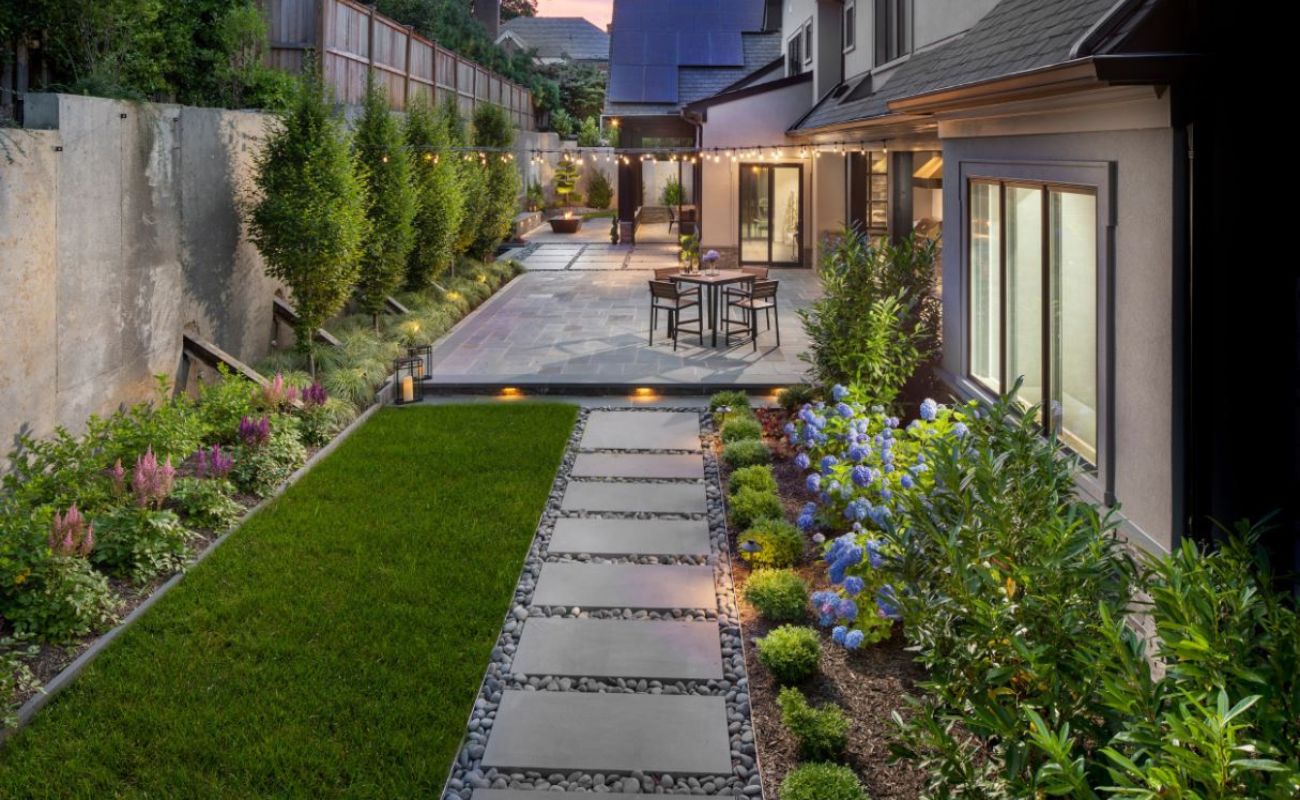

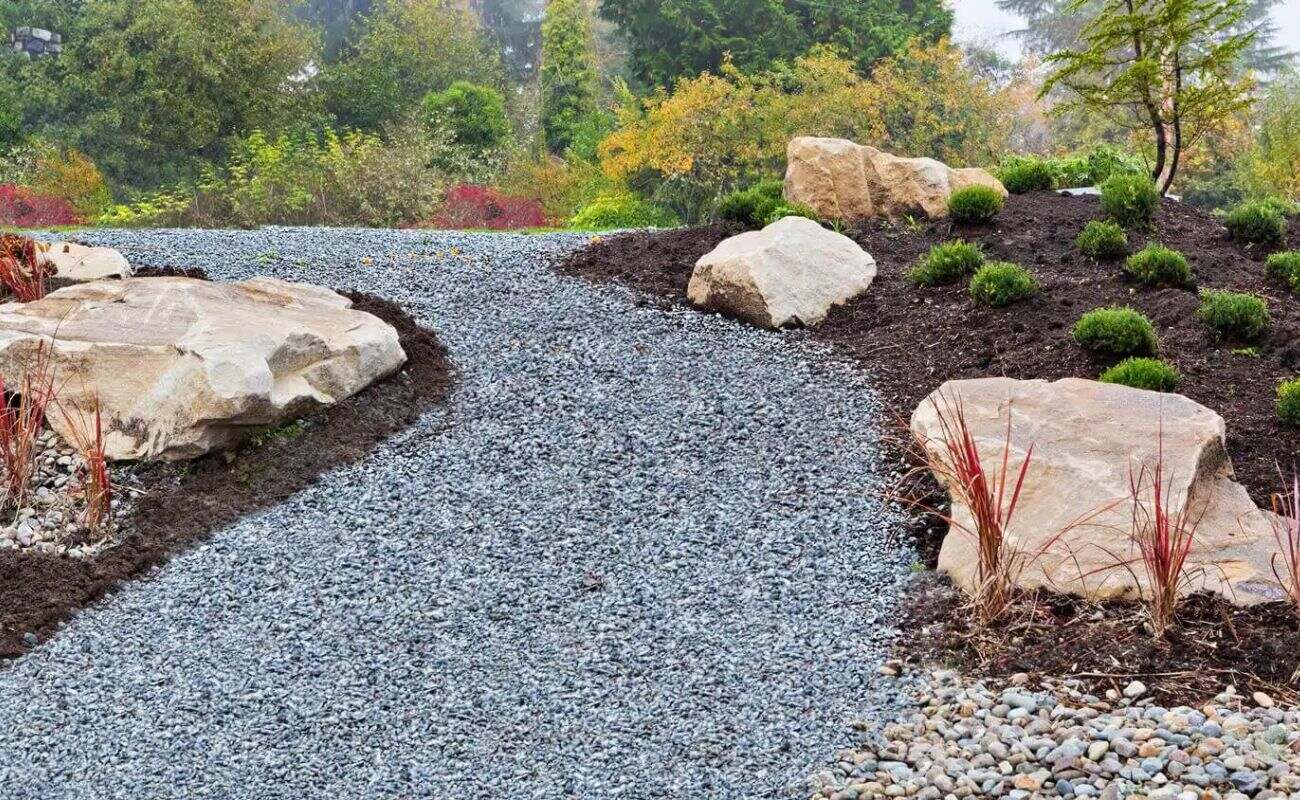
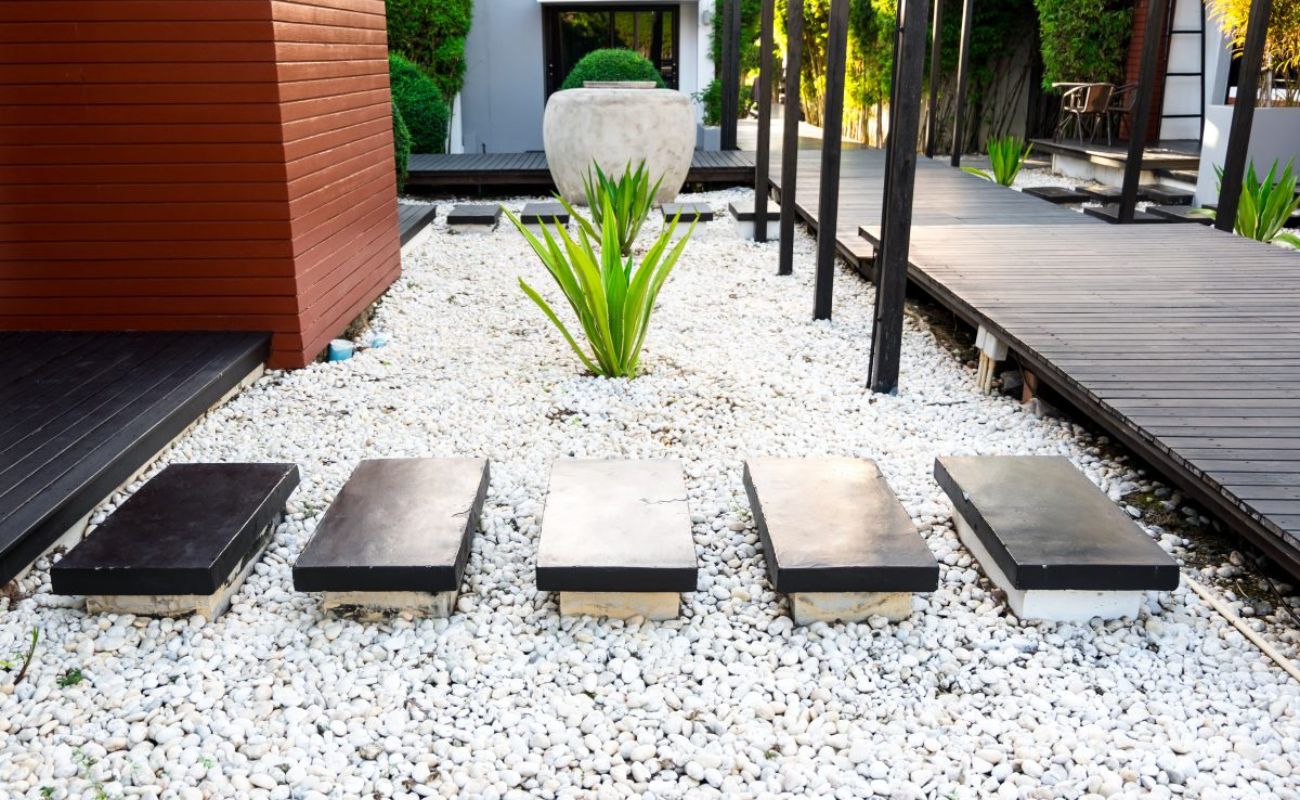
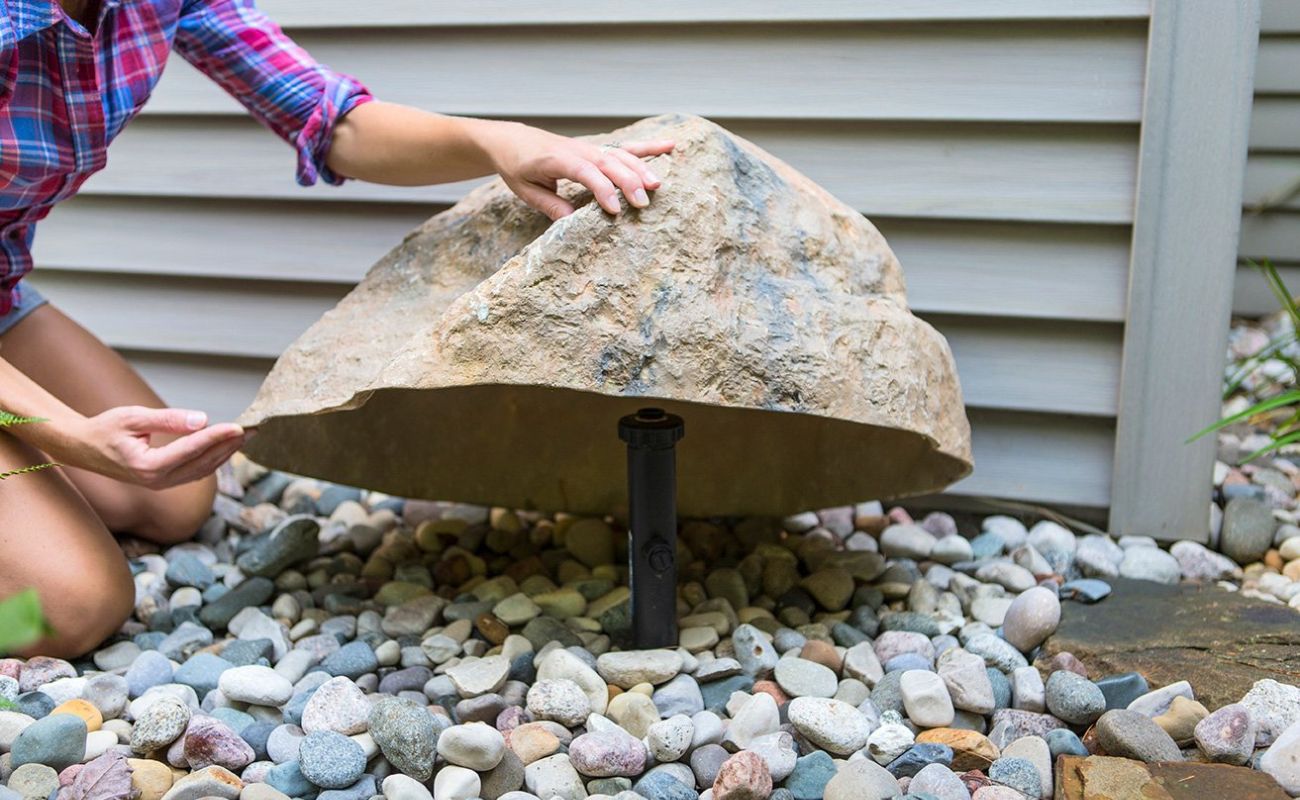
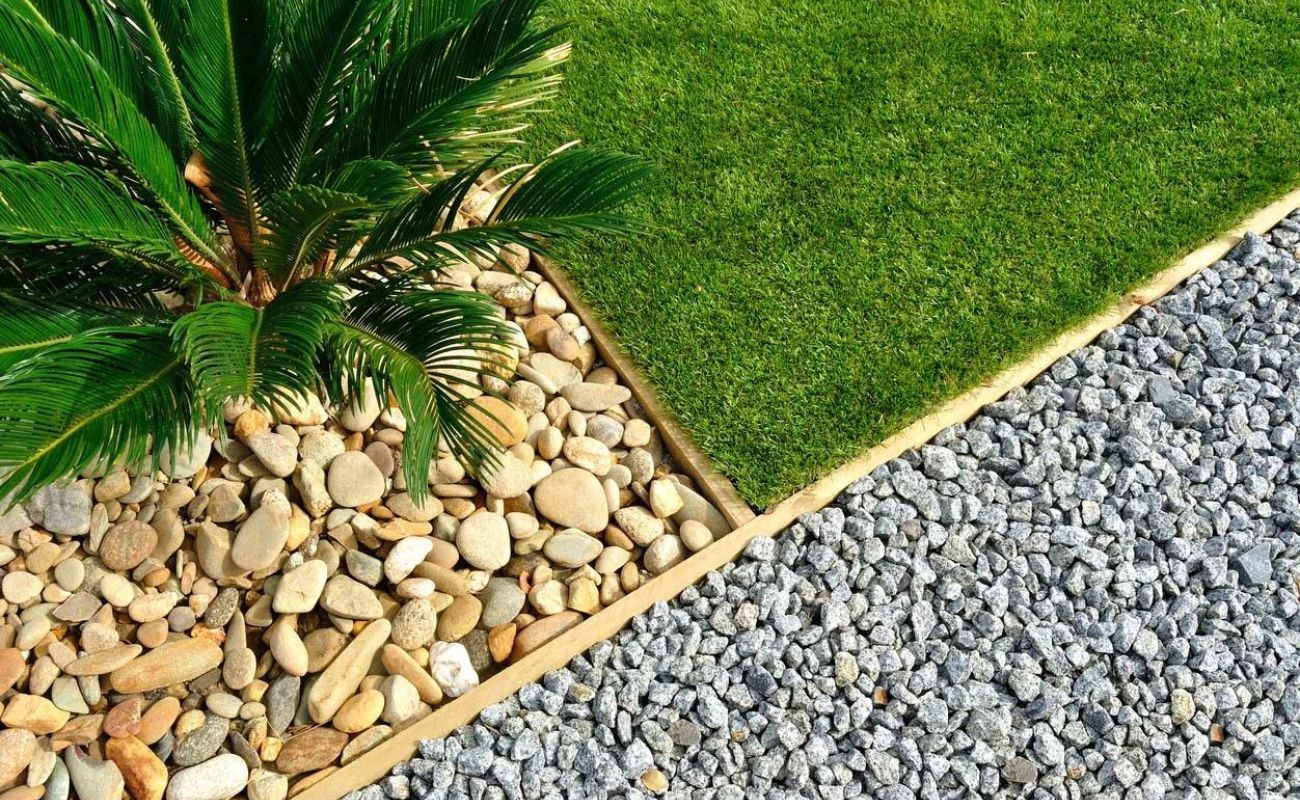
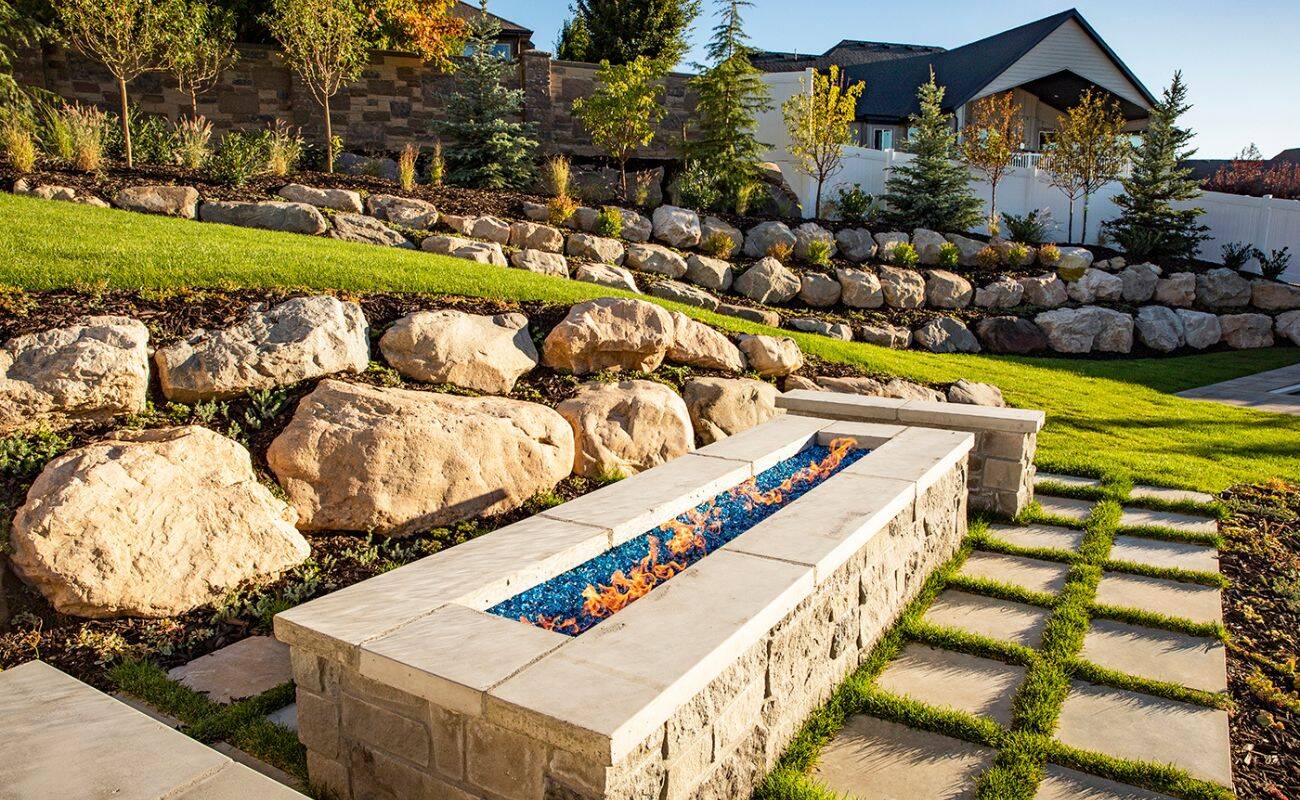

0 thoughts on “What Is The Best Rock For Landscaping”